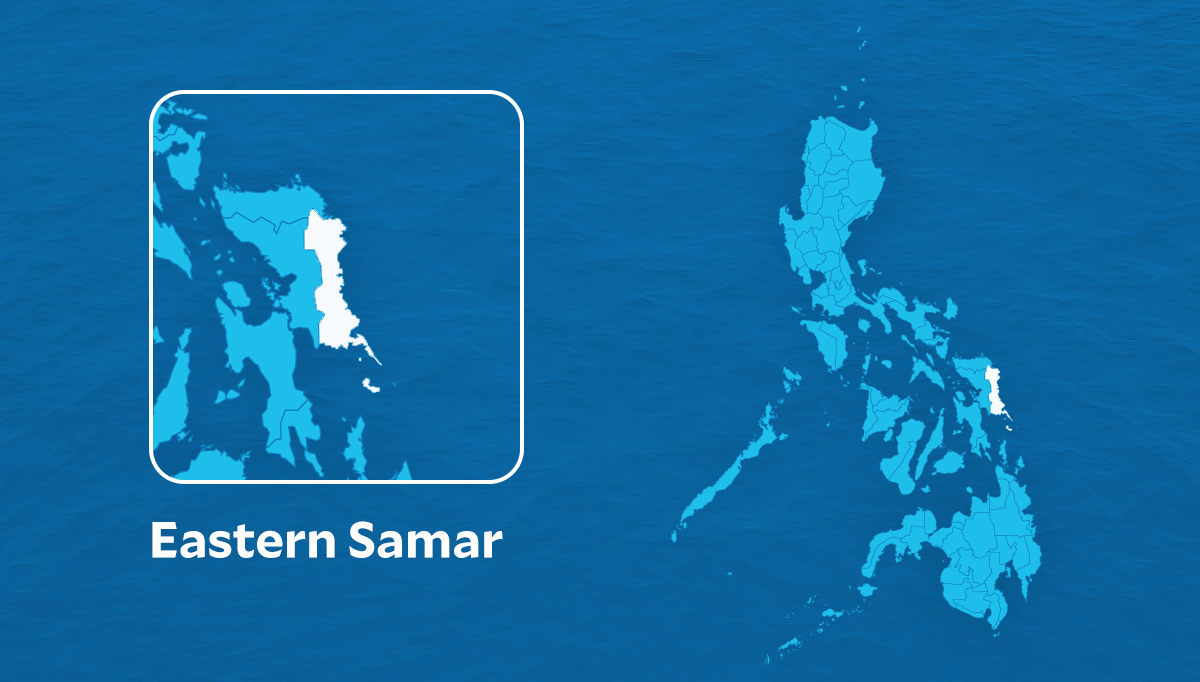Eastern Samar town reveals Moscow’s plan to build museum on island
TACLOBAN CITY —The local government of Guiuan in Eastern Samar has welcomed plans of Moscow to establish an “open-air museum” to perpetuate the experiences of White Russian refugees on Tubabao Island seven decades ago.
Mayor Annaliza Gonzales-Kwan said they wanted to preserve the historical and cultural ties between the Philippines and Russia.
“This will highlight the kindness of the Filipino people who, while we were still rebuilding after the war, still accepted 6,500 (Russians),” she said in a Viber message to the Inquirer on Wednesday, Jan. 3.
“(And of course), this will also help promote the heritage (of the two countries) and the development of Guiuan,” she added.
The planned shrine will be constructed on Tubabao Island where about 6,500 Russians took shelter between 1949 and 1951 when they fled from China after the communists took control of the country led by Mao Zedong.
Among those who arrived on Tubabao Island was Michael Borisovitch Maximovitch or Archbishop John of Shanghai whom the Russian Orthodox Church venerated into sainthood as St. John of Shanghai and San Francisco.
The group included highly skilled Russians who built their own city on the island, including a plaza, market, and school.
Kwan said she could not say yet when the construction of the museum would start.
“If this (museum) will be realized, it will not only cement the cultural and historical ties of Guiuan, in particular, and Russia but could also help attract tourists, and even investments,” she said.
Kwan participated in the International Cultural Heritage Council and the second International Symposium of ICOMOS (International Council on Monuments and Sites) in Moscow from Nov. 27 to Dec. 1, 2023.
“We can feature the story of the Russians using physical reconstruction and heritage interpretation using data from research,” she said.
On a personal note, the town mayor disclosed that her ballet teacher was a student of a Russian ballerina, who was among those who arrived on the island.
When Supertyphoon Yolanda (international name: Haiyan) pummeled her town in 2013, Kwan said one of those destroyed was the tangible evidence of the occupation of Russians on Tubabao Island.
“(But) we were able to reconstruct that forgotten history by using memories and archival documentations. We conducted oral history of former Russian residents on the island and did archival research abroad,” she said.
Among those who extended assistance to the people of Guiuan were ordinary Russians whose ancestors could have been among those who took shelter on Tubabao Island.
The town of Guiuan, located at the southernmost tip of Samar Island facing the Pacific, has played host to several historical events.
For one, it was in this town, particularly Homonhon Island, where the Philippines was discovered by Portuguese explorer Ferdinand Magellan in 1521.
During World War II, the Americans built one of the massive naval and air bases in Guiuan, which helped in the liberation campaign of the country and end the war in the Far East.
